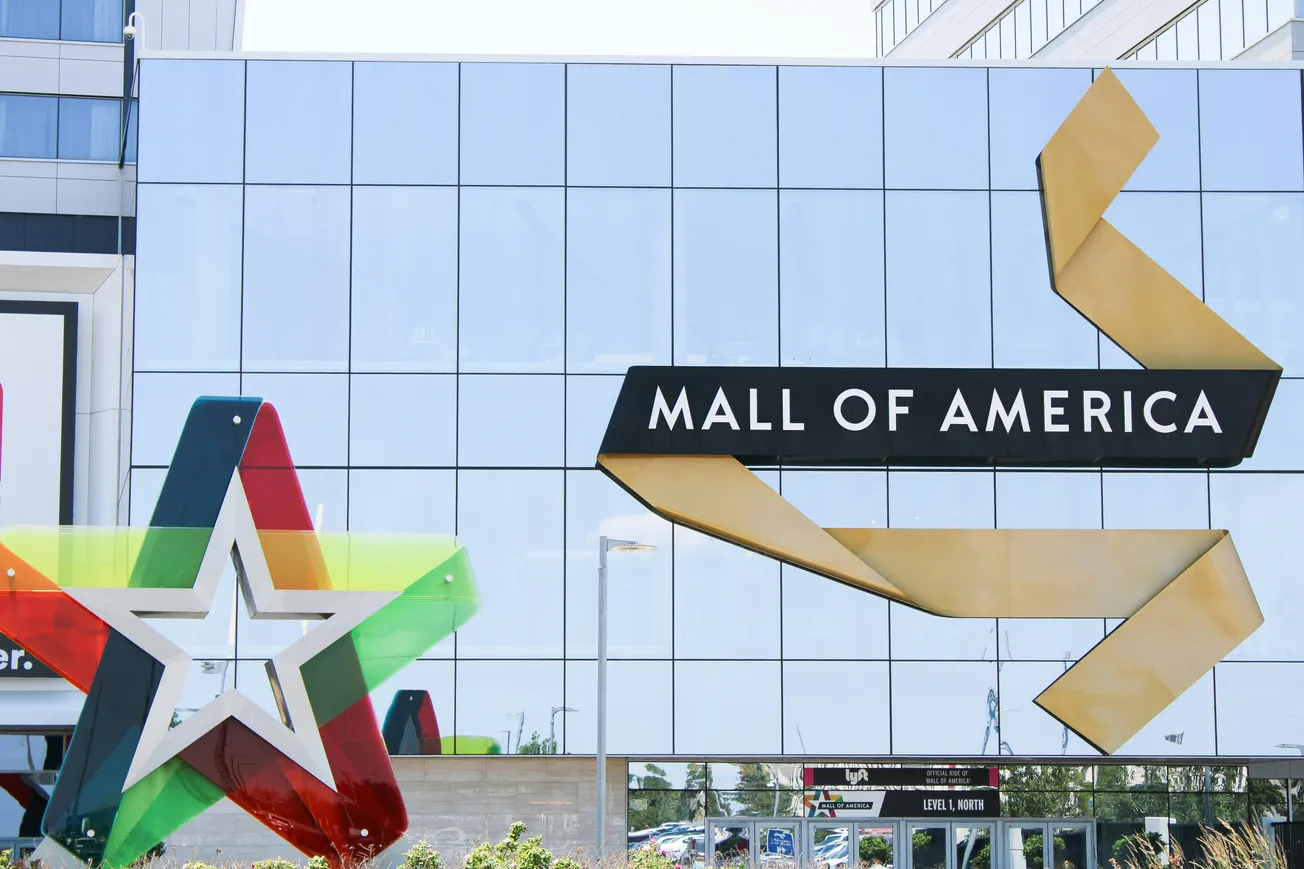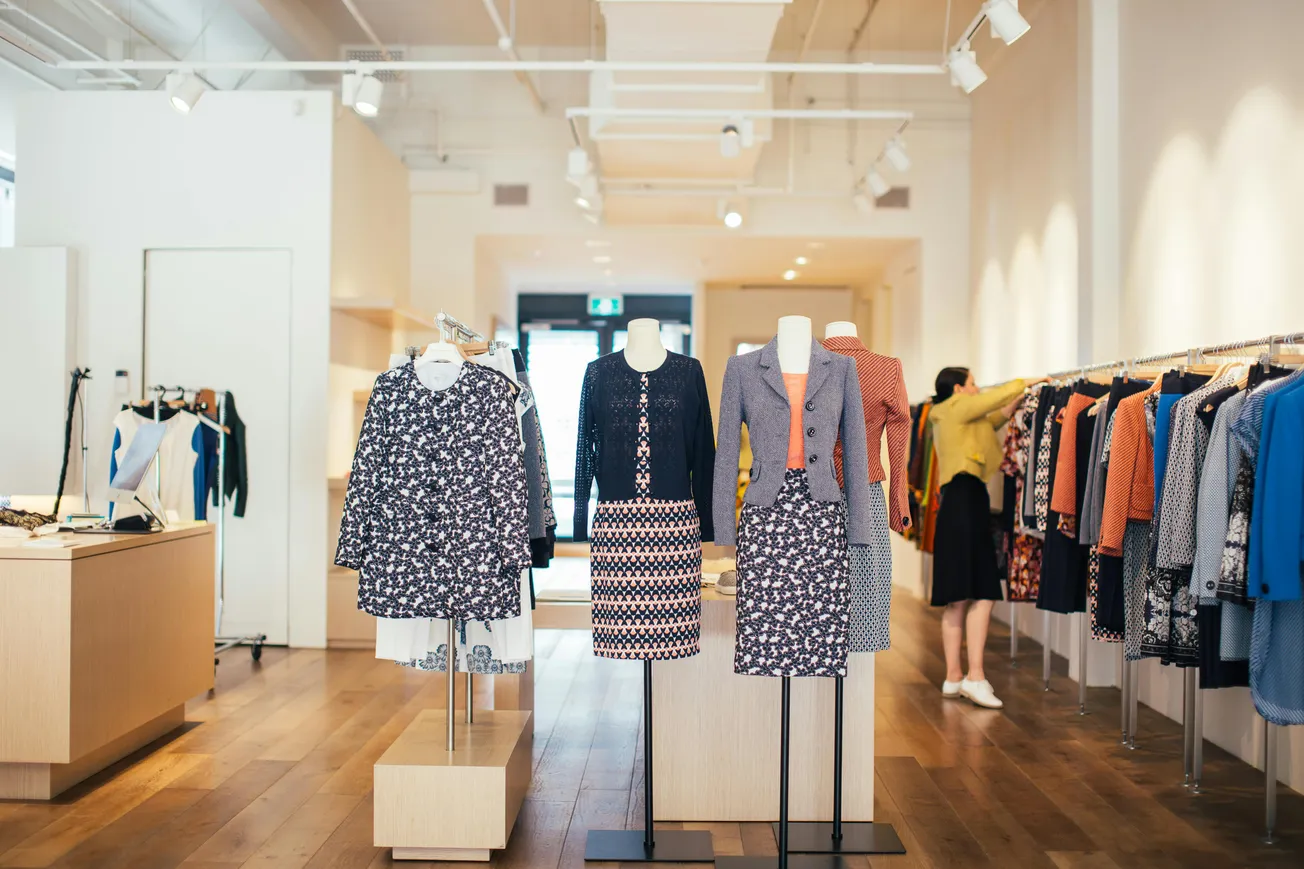Physical Stores as Brand Stages
Even in an era dominated by e-commerce and social media, physical stores remain a vital part of the customer journey. Retail experts argue that brick-and-mortar spaces have evolved beyond pure transactional hubs into immersive, sensory-driven environments where customers can connect with a brand’s ethos, culture and community.
From fashion boutiques that bring a label’s identity to life in three dimensions to beauty counters offering tactile, elevated experiences, these spaces deliver what digital alone cannot: authentic human interaction and tangible engagement.
Why Flexibility Matters
One of the most impactful trends in physical retail is the rise of modular, flexible store environments. These adaptable layouts allow retailers to quickly reconfigure spaces to host product launches, community events, pop-up experiences or seasonal promotions without costly rebuilds.
Brands like New Balance, with its Shanghai Run Hub, have successfully merged commerce with community by designing spaces for social connection and activity, strengthening brand loyalty both in-store and online. This agility aligns seamlessly with omnichannel strategies, ensuring that the in-person experience complements and enhances digital touchpoints.
Community at the Core
Nearly 80% of global retail sales still occur in-store, underscoring the continued commercial value of physical locations. Beyond transactions, well-designed stores are community anchors, offering customers a place to gather, share experiences and form lasting connections.
By blending global brand identity with local cultural elements, retailers create spaces that not only reflect their values but also resonate deeply with the communities they serve. The result is a feedback loop where in-person experiences amplify online engagement, and vice versa.









